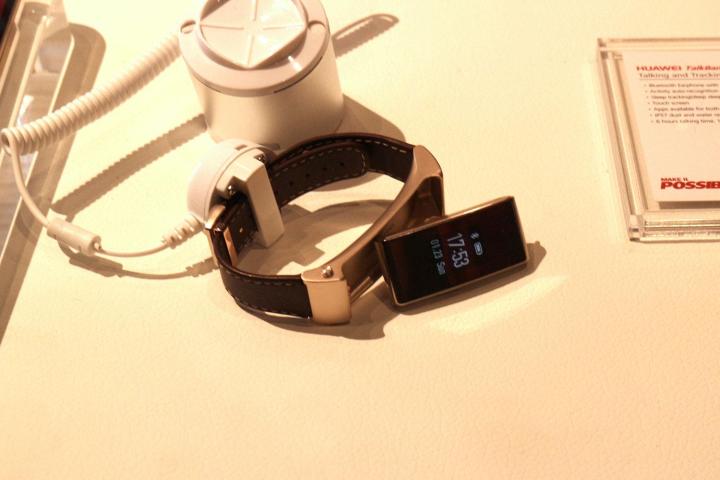
The project seeks to distill the basic advantage of wearables — an easy and quick access point to vital information like pregnancy tracking or a sensor that counts breaths per minute to warn of early stage pneumonia. Alternatively, these devices could be used as emergency alert systems, notifying wearers of impending dangers or risks in environments where communication capacities are often limited.
Applications are currently being accepted on the Wearables for Good website, and following the August 4 deadline, two winners will ultimately be selected in the fall. The prize package will include $15,000 and consultations with experts from partners Frog, Google, and others on the development and implementation of the best ideas.
Speaking with Wareable, Denise Gershbein, executive creative director at Frog, noted, “there are countless opportunities for wearable and sensor technology to make more of an impact in emerging markets, particularly in the next wave of social impact development. With the ‘Wearables for Good’ challenge we hope to foster dialogue among new partners and increase cross-discipline innovation.”
Erica Kochi, co-founder of UNICEF Innovation, the branch of the organization that leverages technology to achieve the agency’s goals, told The New York Times, “We’re looking for entries that are scalable and sustainable. We don’t want something that is a neat idea, but there’s no marketplace for it.” And this marketplace will be a tricky one — geography, resources, and culture will have to be taken into account to ensure that the developed devices are actually useful for their users.
It’s an ambitious project, to be sure, but UNICEF has already taken many of the necessary steps to help ease the process, Kochi said. The agency has already begun establishing relationships with governments, while corporate partners are implementing the groundwork for the actual development of the products. As Simon Segars, chief executive of ARM, told the Times, “The cost of innovation is the lowest it’s ever been,” which makes now the perfect time to strike for social good.
Editors' Recommendations
- The Fitbit Luxe helps you manage your stress levels — and look good doing so
- LifePod believes smart home tech can help facilitate the challenges of eldercare


